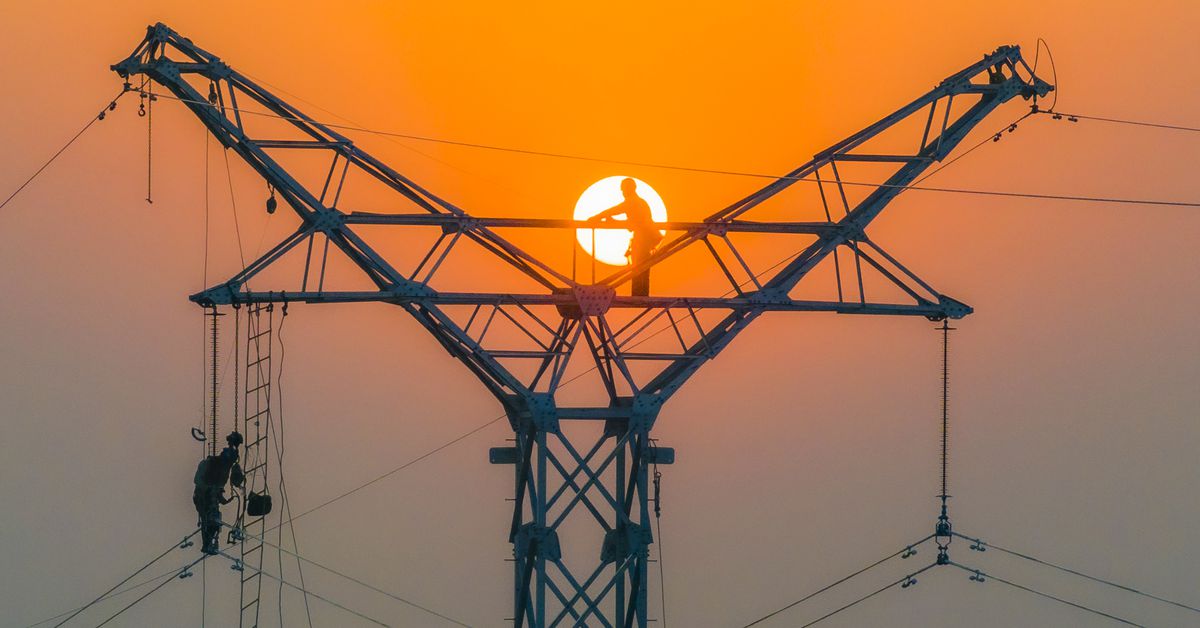- cross-posted to:
- world@lemmy.world
- cross-posted to:
- world@lemmy.world
Quite frankly, you might consider whether the idea of “the grid” is even a good idea in todays world. Perhaps smaller, more independent, resilient grids that power a single city or single neighborhoods in a city are what is needed so that if one major grid outage happens, it doesn’t knock absolutely everybody off at once. The people who do grid tie solar that when the grid goes out kills their solar as well are crazy. They could put in a transfer switch that senses loss of the grid and stops transmitting the power back upstream and use it themselves.
This is quite literally the opposite of what we need. Not only do we need more interconnection capacity to be able to locate renewables where they will be most effective but interconnection capacity is going to be crucial with the increased frequency of severe weather events as other grid regions will be able to support others under stress.
MYOP (Make Your Own Power) everyone should be able to generate enough power on their own to cover the buildings needs. If the max a house uses per day at worst is 30kw that house should produce 30kw to use.
No way a house 30kW at any point
Tell that to my power bill to keep the house 80 during summer…
Ask Texas how that’s goin.
Agreed. More rooftop solar, community solar and batteries will help a lot.
This is the best summary I could come up with:
Without that overhaul, countries risk missing their climate goals and worsening climate-related disasters like storms and fires that are already walloping power grids.
Today’s aging grids are often teetering on the edge of power shortages, something that could become an even bigger problem as homes, buildings, and transportation go all-electric.
“We are heading fast towards an electric future, and grids are the weakest link,” Dave Jones, global insights lead at energy think tank Ember, said in an emailed statement.
It’s all part of countries’ combined efforts to limit global warming to the Paris agreement target of roughly 1.5 degrees Celsius above preindustrial levels, a goal the World Health Organization says could prevent millions of climate change-related deaths.
“The recent clean energy progress we have seen in many countries is unprecedented and cause for optimism, but it could be put in jeopardy if governments and businesses do not come together to ensure the world’s electricity grids are ready for the new global energy economy that is rapidly emerging,” IEA executive director Fatih Birol said in a press release.
If a lack of investment in grids leads to slower deployment of renewables, the IEA report says, then carbon dioxide emissions increase by 60 billion metric tons between 2030 and 2050.
The original article contains 528 words, the summary contains 208 words. Saved 61%. I’m a bot and I’m open source!


